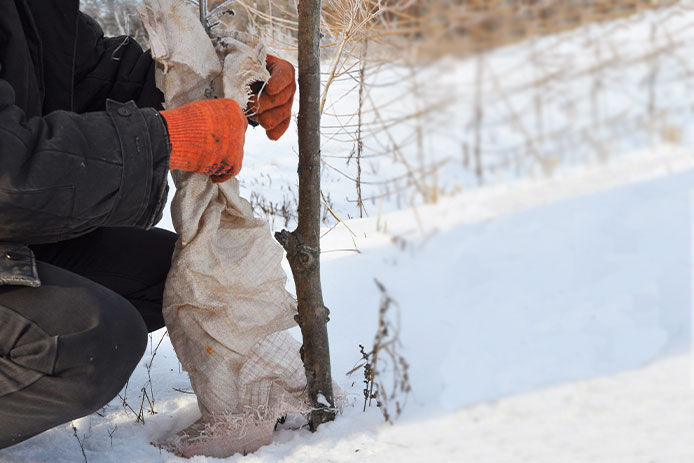Varieties of trees most susceptible to sunscald are those with thinner bark. They include:
|
|
Saplings, new and young trees should also be wrapped before winter. Sunscald will stunt a tree's growth and affect the amount of fruit you yield from your apple and pear trees. Another bonus of wrapping your tree is it prevents rodents from gnawing on them in the winter. Trees with thicker skin can usually survive the winter with a layer of mulch surrounding, but not touching, the trunk.







